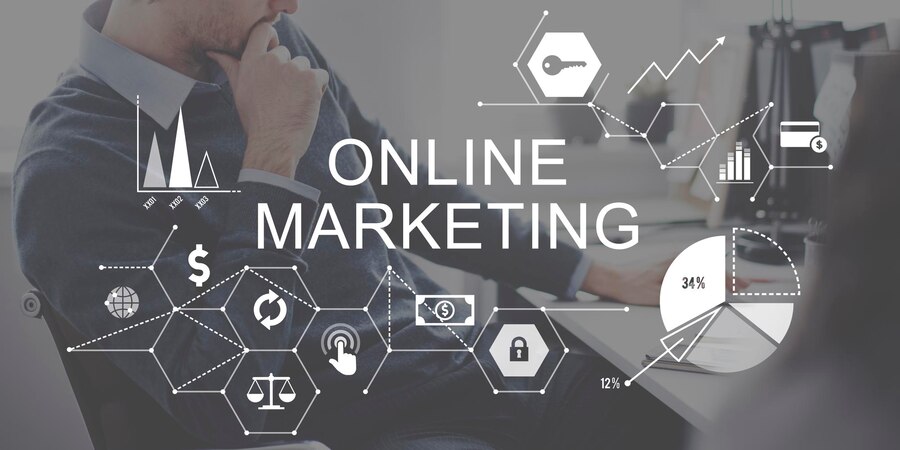The Canberra property market is dynamic and competitive. Standing out requires more than just bricks and mortar; it demands a strong, recognisable brand. A well-crafted brand not only attracts buyers but also builds trust, commands premium prices, and fosters long-term loyalty.
Our property development branding guide will walk you through the essential steps of building a robust brand for your property development project in Canberra or anywhere in Australia, as well.
Why is Property Development Branding Crucial in Canberra?
In a city like Canberra, with its discerning clientele and diverse property offerings, property development branding is paramount. It’s not just about a logo; it’s about the entire experience you create.
A strong brand tells a story, conveying the unique value proposition of your development and resonating with your target audience. Effective real estate branding helps you:
Differentiate your project
In a crowded market, a strong brand sets you apart from the competition. It highlights what makes your development unique, whether it’s sustainable design, luxurious amenities, or a prime location.
Attract the right buyers
Your brand should speak directly to your target demographic. Understanding their needs, desires, and aspirations is crucial for crafting a brand that resonates.
Build trust and credibility
A consistent and professional brand builds confidence in your development. It assures potential buyers that you are a reputable and reliable developer.
Command premium prices
A well-established brand allows you to position your development as a premium offering, justifying higher prices and maximising your return on investment.
Foster long-term loyalty
A strong brand creates a sense of community and belonging, fostering loyalty among residents and encouraging repeat business.
Developing Brand for Real Estate in Canberra: A Step-by-Step Guide

Building a successful property brand strategy requires careful planning and execution. Here’s a step-by-step guide to help you develop a compelling brand for your property development in Canberra:
Step 1: Define Your Target Audience
Before you can create a brand that resonates, you need to know who you’re trying to reach. Are you targeting young professionals, families, downsizers, or investors? Understanding their demographics, lifestyle, and preferences will inform every aspect of your branding.
Step 2: Identify Your Unique Selling Proposition (USP)
What makes your development different? Is it the innovative design, the sustainable features, the community focus, or the convenient location? Your USP is the core of your brand, the key message that sets you apart from the competition.
Step 3: Craft Your Brand Story
Your brand story is the narrative that connects with your target audience on an emotional level. It communicates the vision, values, and purpose behind your development. It should be authentic, compelling, and memorable.
Step 4: Develop Your Brand Identity
Your brand identity encompasses the visual elements that represent your brand, including:
Logo: Your logo is the visual cornerstone of your brand. It should be memorable, scalable, and reflective of your brand personality.
Colour Palette: Choose colours that evoke the desired emotions and align with your brand story.
Typography: Select fonts that are legible, visually appealing, and consistent with your brand aesthetic.
Imagery: Use high-quality images that showcase the beauty and functionality of your development.
Step 5: Create Your Brand Messaging
Your brand messaging is the language you use to communicate with your target audience. It should be clear, concise, and consistent across all platforms. Develop a tagline that encapsulates the essence of your brand.
Step 6: Implement Your Brand Strategy
Once you’ve developed your brand identity and messaging, it’s time to implement your brand-building property strategy. This involves integrating your brand into all aspects of your marketing and sales efforts, including:
Website: Your website is your online storefront. It should showcase your brand identity and provide potential buyers with all the information they need.
Marketing Materials: Brochures, flyers, and other marketing materials should be consistent with your brand aesthetic and messaging.
Advertising: Your advertising campaigns should reinforce your brand message and target your specific audience.
Public Relations: Building relationships with local media and influencers can help you raise awareness of your development and enhance your brand reputation.
Social Media: Use social media platforms to engage with your target audience, share updates on your project, and build a sense of community.
Display Suite: Your display suite should reflect your brand identity and provide a welcoming and informative experience for potential buyers.
Signage: Signage at your development site should be clear, visible, and consistent with your brand.

Related: We worked with The Property Collective to bring their brand to life through social media marketing.
Step 7: Maintain Brand Consistency
Consistency is key to building a strong brand. Ensure that your brand identity and messaging are applied consistently across all touchpoints.
Step 8: Monitor and Evaluate
Regularly monitor and evaluate the effectiveness of your brand strategy. Track key metrics such as website traffic, lead generation, and sales conversions. Use this data to refine your strategy and ensure that you’re achieving your goals.
Key Considerations for Project Marketing in Canberra
Local Market Knowledge: Understanding the specific nuances of the Canberra property market is crucial for developing a successful brand strategy.
Sustainability: Canberra residents are increasingly environmentally conscious. Highlighting sustainable features in your development can be a significant differentiator.

Community Focus: Emphasise the sense of community and belonging that your development offers.
Government Regulations: Be aware of and comply with all relevant government regulations regarding advertising and marketing.
| Example of Brand Building for a Canberra Development Let’s say you’re developing a boutique apartment building in the inner south of Canberra, targeting young professionals. Your brand strategy might focus on: USP: Modern design, convenient location, and a vibrant community atmosphere. Brand Story: A narrative about urban living, connection, and opportunity. Brand Identity: A sleek and contemporary logo, a sophisticated colour palette, and high-quality photography showcasing the building’s design and amenities. Brand Messaging: “Live the Canberra life you’ve always dreamed of.” Marketing: Targeted social media campaigns, partnerships with local businesses, and a user-friendly website with virtual tours. |
The Importance of Professional Help
Developing a brand for real estate can be complex and time-consuming. Partnering with a professional branding and marketing agency can be invaluable. An experienced agency can provide you with the expertise and resources you need to create a powerful brand that drives results.
Reach out to a property development marketing expert!
Ready to elevate your property development with a powerful brand?
Book a FREE consult with our property branding and marketing experts at One x.
We can help you create a brand that attracts buyers, builds trust, and maximises your return on investment.
Related Articles:














